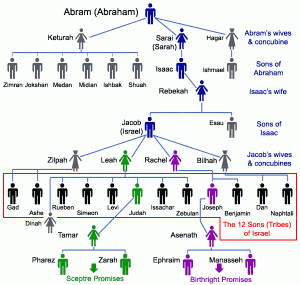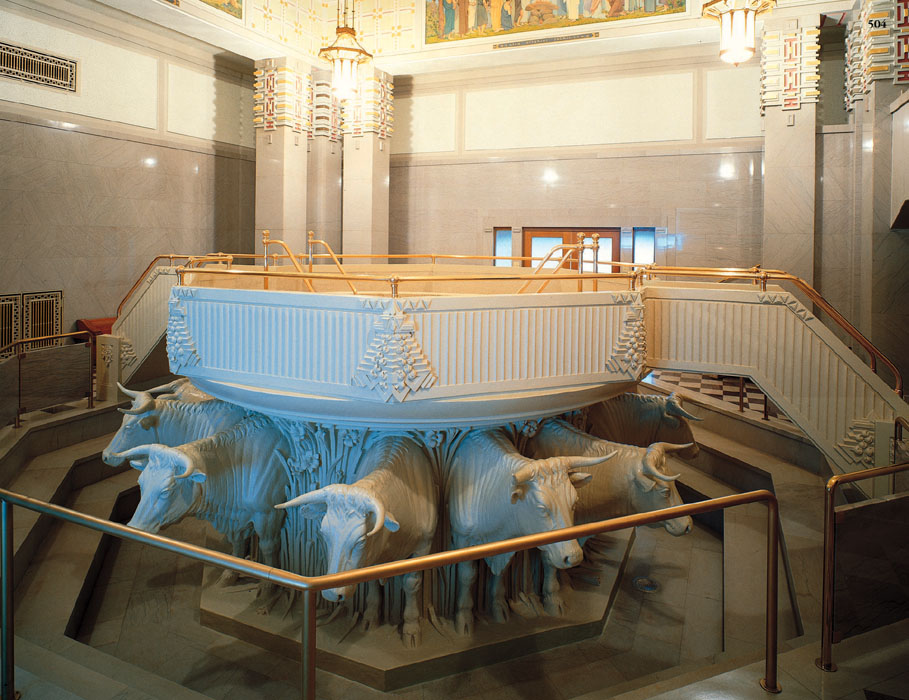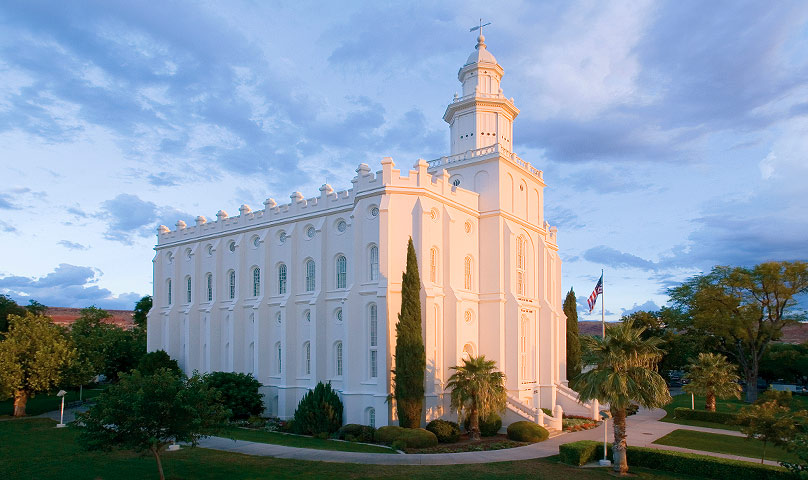Question
Aloha Gramps!
I had a question come up that I’m not sure about. We do genealogy and temple work. Do we know how the temple work will be done for all those who have died without any records? Thank you,
Ken
Answer
Dear Ken,
Temple work is essential to The Church of Jesus Christ of Latter-day Saints’ spiritual practices. It encompasses ordinances such as baptisms for the dead, endowments, and sealings, which are performed on behalf of deceased individuals. These sacred ceremonies are intended to provide the deceased with opportunities to accept or reject these ordinances in the afterlife, offering them a path to salvation and eternal family connections.
Genealogy plays a pivotal role in the Church’s mission, enabling members to connect with their ancestors and perform necessary ordinances on their behalf. However, there are instances where individuals may have passed away without leaving behind comprehensive records. Situations such as being born in remote areas, dying without official documentation, or living lives that went unnoticed by formal institutions result in gaps that challenge the temple work process.
In such cases, the absence of specific names, dates, or places makes it difficult to perform ordinances accurately. The Church recognizes the spiritual significance of this dilemma and seeks ways to address it with both reverence and practicality.
When traditional records are unavailable, the Church employs a variety of alternative resources to substantiate an individual’s existence and enable the performance of temple ordinances. These methods include:
- Family Histories and Oral Traditions: Oral accounts and family stories passed down through generations can provide valuable insights into the lives of ancestors. These narratives, though informal, offer a semblance of identity that can be used to approximate essential information needed for temple work.
- Community Records and Secondary Sources: In the absence of primary vital records, secondary sources such as community registries, church membership records, or cemetery records can serve as proxies. These documents, while not comprehensive, offer tangible evidence that supports the existence of the deceased.
- Genealogical Software and Research Tools: Advanced genealogical software and online databases enhance the Church’s ability to piece together fragmented histories. By cross-referencing available data, researchers can often fill in gaps or verify the existence of individuals with limited information.
Once sufficient evidence is gathered to support an individual’s existence, even if incomplete, the Church proceeds with performing ordinances with careful consideration:
- Proxy Ordinances: A living individual, often a descendant or a willing participant in temple work, stands in as a proxy for the deceased. This representative undergoes the necessary ordinances on behalf of the missing individual, ensuring they receive the spiritual benefits intended.
- Continuous Refinement and Updates: The Church maintains an ongoing effort to update and refine genealogical records. As new information surfaces, previously incomplete entries are revised, and additional ordinances can be performed if more accurate data becomes available.
- Spiritual Guidance and Personal Revelation: Leaders within the Church often consult spiritual guidance to determine the best course of action when records are scant. Personal revelation plays a role in ensuring that decisions align with divine will and the overarching mission to serve all of God’s children.
Performing temple work for those without records is not merely a procedural task but a testament to the Church’s commitment to every individual’s eternal journey. It reflects a deep-seated belief in the sanctity of all souls and the unwavering dedication to providing every opportunity for salvation and familial bonds.
This inclusive approach underscores the Church’s humanitarian and compassionate ethos, ensuring that even those who lived lives away from the spotlight receive the spiritual care and memorial honors they deserve.
In the modern era, technological advancements have significantly enhanced the Church’s genealogical efforts. Tools such as DNA testing, digital archives, and collaborative online platforms amplify the ability to trace lineage and identify ancestors with greater precision.
These innovations complement traditional research methods, bridging gaps caused by historical documentation deficiencies. By integrating technology, the Church continually improves its capacity to perform temple work comprehensively and accurately.
The Church of Jesus Christ of Latter-day Saints exemplifies a profound dedication to honoring every soul through meticulous temple work, even when faced with the challenges of incomplete or missing records. By leveraging alternative resources, embracing technological advancements, and adhering to spiritual principles, the Church ensures that no individual is left without the sacred ordinances essential for eternal progression.
Gramps







